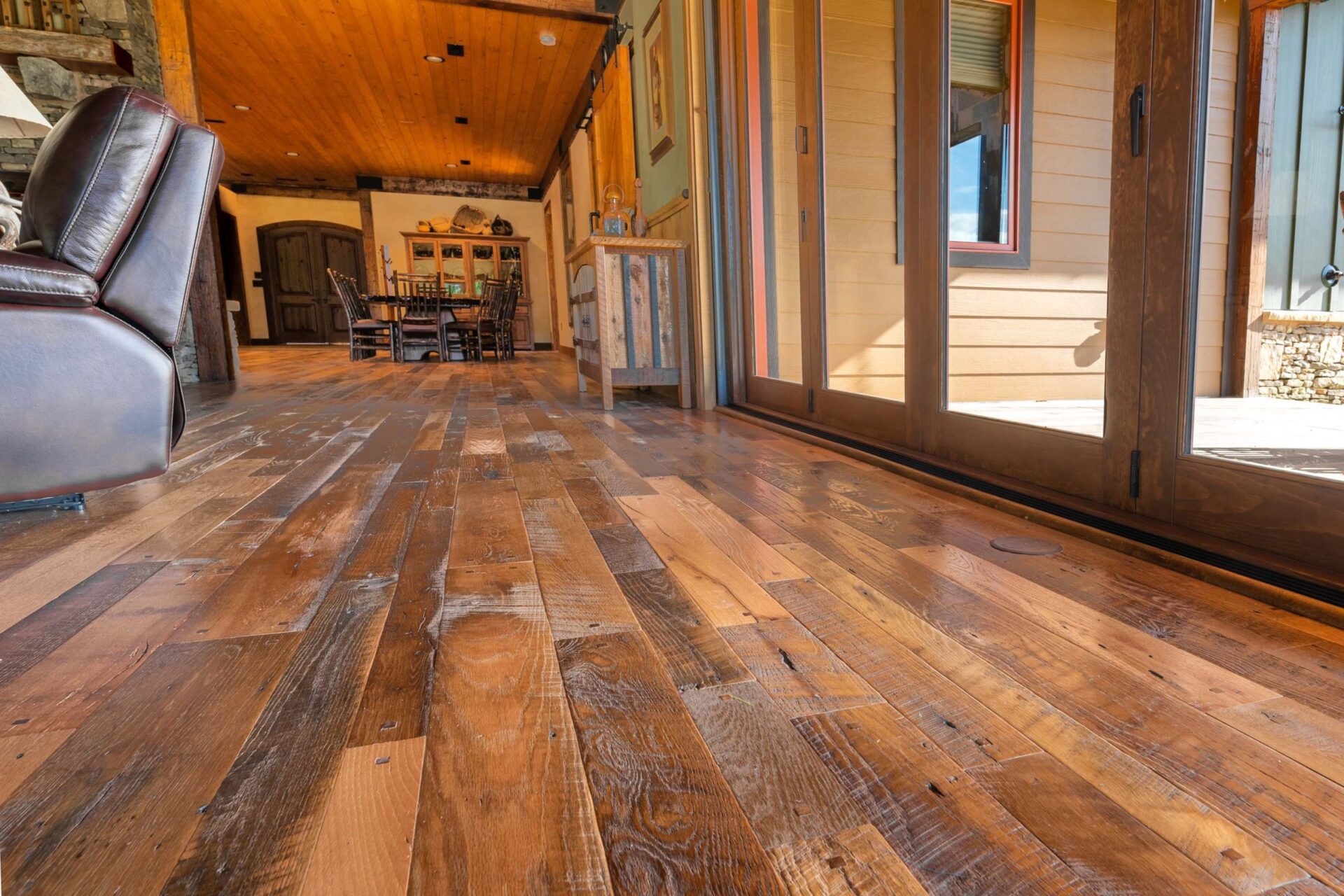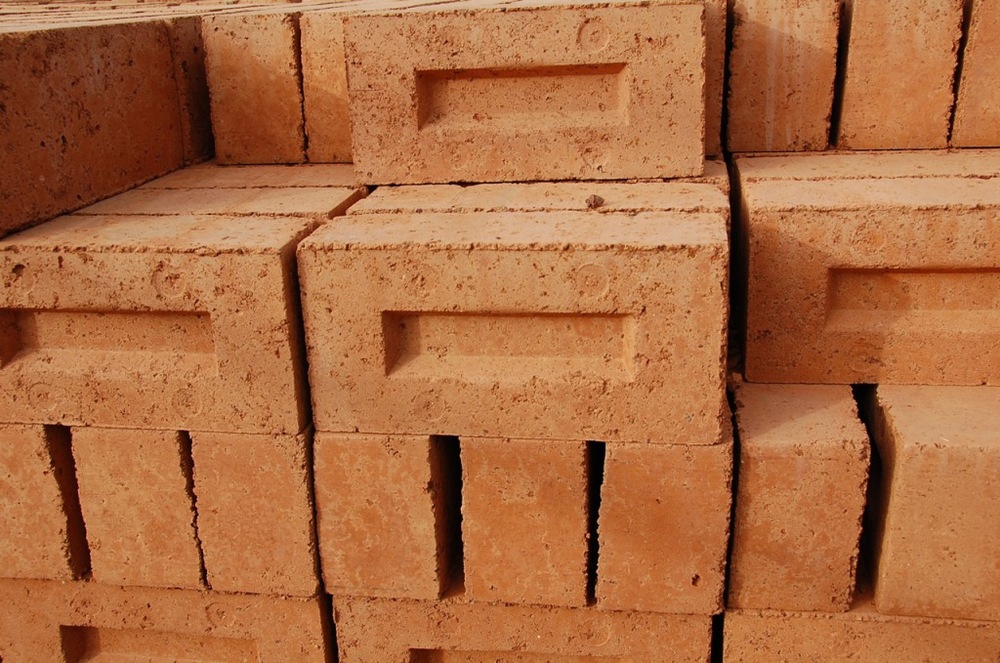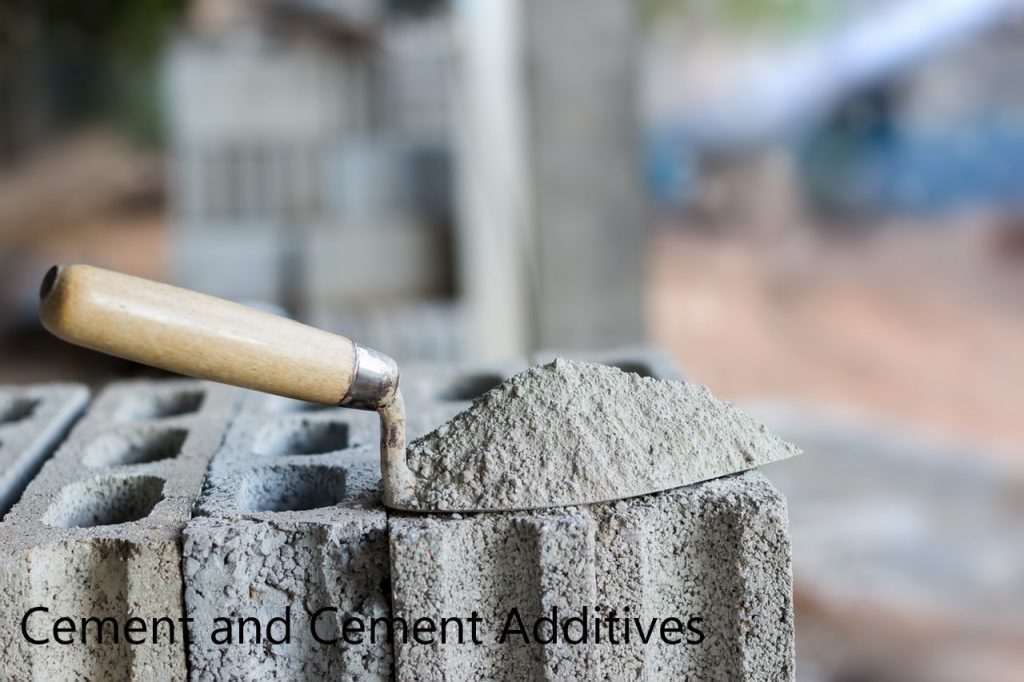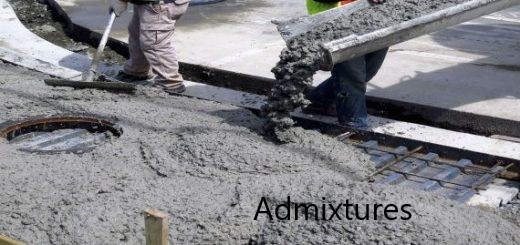The Complete Guide to Sustainable Construction Materials and How They are used in the Future of Buildings are very important when eco-friendly building materials are discussed.
Introduction: What Are Sustainable Materials?
Sustainable materials are materials that can be used without damaging the environment. They are usually recyclable, reusable, or made from renewable resources. Sustainable construction materials have been used for many centuries and they have been proven to be a better alternative for the environment and the world. Many people believe that sustainable construction materials are not as durable as standard materials, and they are usually more expensive. Whether or not this is true, sustainability can be achieved with individual knowledge and a little research.
Reclaimed materials are recycled materials that have been used to make new products. They can be reused to create simple or intricate pieces of art. Recycled glass can be made into windowpanes, bottles, and vases. Solar panels can be created with solar cells made from recycled PC monitors, appliances, and televisions. Adaptation is the act of adapting a structure or plan in a changing environment so that it can meet the needs of a specific situation; it also
What Is the Best Building Material for Your Needs?
Building materials are the materials used to construct a building. They can be either natural or artificial and they can be divided into three categories: structural, non-structural, and decorative.
This section will talk about what is the best building material for your needs. From green construction materials to ecological building material, we will cover all the types of eco-friendly building materials that you might need.
Cross-Laminated Timber
Cross-laminated timber (CLT) is a building material made from wood. It is typically used as a replacement for steel and concrete in high-rise construction, but it can also be used in mid-rise construction. It is a very good one of the sustainable construction materials.
The use of cross-laminated timber allows architects to create taller buildings without having to rely on steel or concrete. The weight of the building is distributed more evenly than with other materials, which makes it safer in earthquakes.
Cross-laminated timber (CLT) is a type of engineered, high-strength wood. It is made by gluing together layers of timber to create a composite material that can be used for structural purposes. CLT offers several advantages over steel and concrete, such as the ability to produce taller buildings. and require less energy to produce.
What are the advantages of a CLT structure? A CLT structure can provide more load-bearing capacity and require less material than other materials, such as steel and concrete. CLT structures can be taller than similar structures because they can bear more weight if they are denser and have smaller openings for windows, doors, and roofs. CLTs have been shown to have higher strength with a lower flexural stiffness
Hempcrete
Hempcrete is a material that is made out of the hemp plant. It is eco-friendly building materials and does not need any form of insulation.
Hempcrete is a natural and sustainable building materials, which can be used to build houses, walls, and floors. It has been around for centuries but its popularity has increased in recent years due to its eco-friendly nature. It’s the potential for cost savings, and the euphoric feeling it gives those who experience it. It is made from the stalks of hemp plants and lime, water, and sand. You can also use straw or sawdust in place of lime. The stalks are soaked in a mixture of water and lime to create a slurry that is then mixed with sand to form a mortar-like substance that can be troweled on walls or floors.
The hemp content in Hempcrete creates a healthy, chemical-free building material. It’s also very durable and can be used for creating floors and walls. You can also create different textures by tamping down the mixture with different tools, like a troweling bar or a steel bar to create pebble-like patterns. How it Works; The stalks of hemp plants are mixed with lime, clay water, sand, and other ingredients to form a mortar-like substance that is then mixed with water in a hydraulic cylinder. The mixture is then poured into a mold to create hempcrete blocks, which can be used to build homes and other structures.

Bamboo
Bamboo is a natural and sustainable building materials that can be used for the construction of homes, furniture, flooring, and many more. It has been around for centuries but only recently it has been gaining popularity in the West. Bamboo is one of the fastest-growing plants on earth and it can grow up to 3 feet per day under ideal conditions. Bamboo is a fast-growing plant that can be used to create green buildings. It’s strong enough to withstand earthquakes and hurricanes without being damaged. The name “bamboo” comes from the Arabic word Bambu, which means “a reed that has been split,” according to the International Plant Names Index. Bamboo has been used for centuries in Asia. It is now one of the most popular sustainable construction materials in the West.
Bamboo’s low toxicity and fast growth make it an appealing option for environmentally friendly building materials. In addition, bamboo can grow up to 3 feet per day, meaning that it can be harvested on an annual basis with minimal impact on the environment. Bamboos are a natural and renewable building material that has been around for centuries but only recently they have become popular because of their rapid growth and good quality. Bamboo is a very versatile material that has been used for everything from low-cost housing to traditional building materials. It can be made into anything that fiberglass can be made into, at a fraction of the cost- wood, concrete, foam insulation, rigid foam panels, etc. In addition, it’s non-toxic and it grows fast enough so that you can harvest it annually without much impact on the environment The bamboo variety “
Ferrock
Ferrock is a building material that is made of steel and rock. It’s eco-friendly and can be used in construction projects. It can withstand high pressures, which makes it a good construction material. In addition, ferrock was made for efficiency in construction projects because it can be stress-relieved via machines that make cuts and inserts into ferroconcrete panels.
Recycled Steel
Recycled steel is a green building materials that has been around for many years. It has several benefits that make it an attractive choice for construction projects.
Recycled steel is made from scrap metal and other materials that have been recycled. This means it requires less energy to produce than traditional steel. It also reduces the number of natural resources used in the manufacturing process, making it more sustainable than other building materials. Recycled steel is made from scrap metal and other materials that have been recycled. This means it requires less energy to produce than traditional steel. Steel is made from iron ore and other raw materials that are mined from deposits below the earth. Steel takes a lot of energy to produce, so it has a high embodied energy. This means steel requires more energy over its lifetime than any other building material. Steel is also corrosive, so it pollutes the air and soil. It takes a lot of energy to manufacture steel, so it has a high ecological footprint.
Recycled Rubber
Rubber is a natural, recyclable, and renewable resource. It is also biodegradable and hence, it has a low environmental impact. Recycled rubber is made from old tires. The process of recycling old tires into new rubber products has been in use for more than two decades now and it is steadily gaining popularity around the world. The increasing awareness about the importance of recycling and the need to reduce carbon emissions has led to an increased demand for recycled rubber products. The prices of rubber products depend on demand and supply. Currently, recycled rubber is cheaper than natural rubber.
Reclaimed Wood
Reclaimed wood is a sustainable and eco-friendly building materials that have been used for many centuries. It is an excellent option for those who want to live in harmony with the environment. Reclaimed wood is a green building materials that can be used in many ways. It can be used as siding, flooring, furniture, and much more.

Cork
Cork is a sustainable building materials that is an excellent thermal and acoustic insulation. It is a natural product that can be harvested without harming the environment. Cork is a natural, sustainable, and renewable building material that has many benefits. It’s an excellent thermal and acoustic insulation, it’s durable, fire-resistant, mold-resistant, and environmentally friendly building materials. It is a natural product that can be harvested without harming the environment. Cork is a natural, sustainable building materials and renewable that has many benefits. From the harvesting process to using the product, corks are environmentally friendly building materials.
Straw Bales
Straw bales are green building materials that have been used for centuries. They are sustainable alternative building materials to traditional construction materials such as wood and concrete. They provide insulation and structural stability, which means that they can be used to build homes, barns, and even office buildings. Straw bales are also very cost-effective, which is why they are often used in developing countries. Straw bales are made by gathering bundles of hay and stacking them tightly in large piles. The bales are then compacted with a machine or by hand to create the dense form that one can find in almost any barn or farm building.
The most commonly used type of straw bale is “long straw”, which is long strips of hay that have been cut from the stem of a single plant, without being processed. or chopped. Straw bales are green building materials that have been used for centuries. They are a sustainable alternative to traditional construction materials such as wood and concrete. They provide insulation and structural stability, which means that they can be used to build homes, barns, and even office buildings. Straw bales are also very cost-effective, which is why they are often used in developing countries.
The most common types of the straw bale are “long straw”, “square straw” and “round straw”. Straw bales are made from regenerated plant matter, which means that they are a renewable natural resource. They can be created by using hay or other crops or by using grains such as wheat, corn, barley, and rice. One bushel of the straw bale is the amount of material needed to make a single-layer wall that is 16 inches high and 24 inches wide. Straw mats are also used as an alternative building material because they provide insulation
Plant-Based Polyurethane
Plant-based polyurethane is a green building material that is made from renewable resources and has a low environmental impact. Plant-based polyurethane is an excellent alternative building materials to traditional petroleum-based polyurethane. It does not contain any harmful emissions, and it uses plant oils as its base instead of petroleum-based oils. Plant-based polyurethane is made from plant oils, water, and other ingredients that give it its properties. Plant oils are extracted using a non-petroleum product such as sugar cane juice or soybean oil to create plant-based polyurethane. Plant-based polyurethane has the same physical properties as petroleum-based products: it is durable, resilient, flexible, and transparent in appearance.
It is clear, lightweight, and easy to work with. Plant-based polyurethane has the same properties as its petroleum-based counterpart in terms of durability and resilience, but it is made from renewable materials instead of non-renewable sources. Plant-based polyurethane does not emit any harmful emissions during production or use. The material can also be recycled back into its raw ingredients. This makes plant-based polyurethane a greener alternative to petroleum-based polyurethane.
AshCrete
AshCrete is a green building material that is made by mixing fly ash, water, and Portland cement. It is used in place of concrete in construction because it has a lower carbon footprint. than concrete, and it can reduce the need for steel, limestone, and rare earth metals. The use of this material was more than double that which was produced, as it was consumed by construction companies. AshCrete can also reduce the amount of energy needed to produce the cement; therefore reducing CO2 emissions in production processes.
Enviroboard
Enviroboard, a green building material, is a sustainable alternative building materials to wood and other traditional materials. It is made of recycled paper and cement. This eco-friendly material can be used for all sorts of building purposes, such as flooring, wall cladding, roofing tiles, and furniture. Enviroboard is a green building material made of recycled paper and cement. It can be used for all sorts of building purposes, such as flooring, wall cladding, roofing tiles, and furniture. Green building materials are made of recycled paper and cement. Recycled paper and cement can be used for all sorts of building purposes, such as flooring, wall cladding, roofing tiles, and furniture.

Unfired Clay Bricks
Unfired clay bricks are a sustainable material that is used in green buildings. They are made from natural materials, so they don’t produce any harmful emissions. The unfired clay bricks can be used for both the exterior and interior walls of the buildings. They have a higher thermal mass and better sound insulation properties than other traditional building materials. And they are more resistant to earthquakes because of their high compressive strength.
This material can withstand high temperatures and create a natural barrier from the exterior of the building. This is a very good option for buildings in areas where some bushfires or fires easily get close to the building. The clay bricks are also eco-friendly. These bricks contain a natural insecticide (they accumulate dried night dew) and they require less energy to process than other building materials.
Newspaper wood
Newspaper wood is a sustainable building materials that is made from newsprint. It was invented in the early 1990s by a group of architects who wanted to find a way to reuse the waste from newspapers. The main benefits of newspaper wood are that it is inexpensive and sustainable. The process of making this material also helps to reduce carbon emissions because it does not require any fossil fuel or electricity. Newspaper wood can be used for interior and exterior applications, such as walls, floors, ceilings, and furniture.
The process begins by shredding the newspaper and placing it in a water bath. Hot water is added to the newspaper to dissolve the ink and make it more porous. The pulp of paper is then drained, leaving behind fine paper fibers that are aligned parallel with each other. After this step, the paper is dried in an oven until it reaches a wood glue-like consistency or becomes bone dry. When making furniture or interior walls out of newspaper wood, paint can be added as an adhesive.


